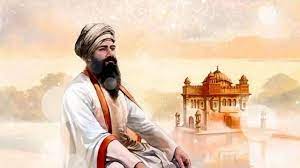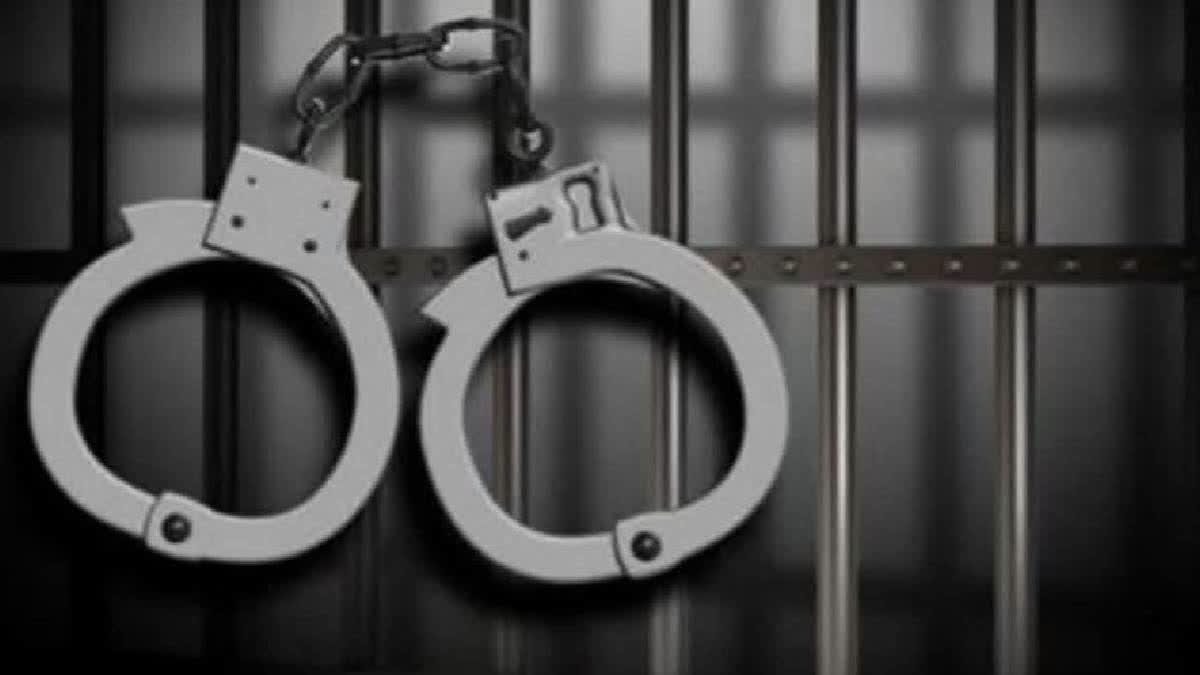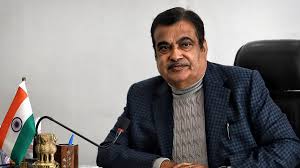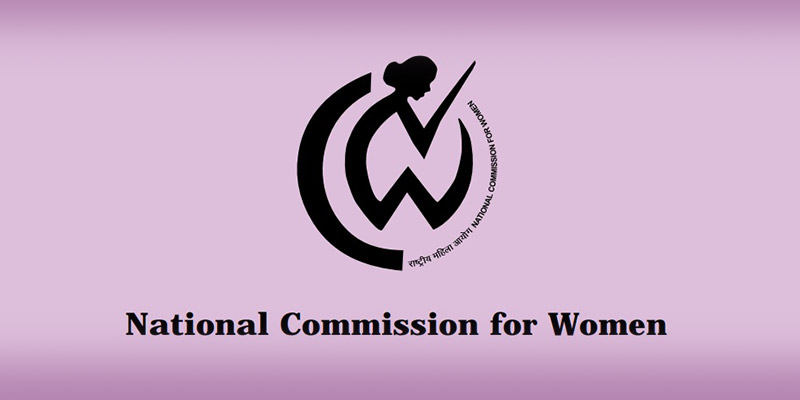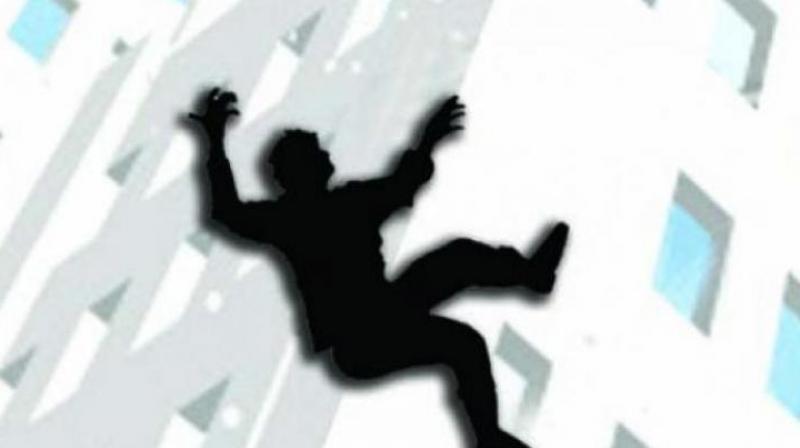US election poll tracker: Who is ahead - Clinton or Trump?
Tue 01 Nov 2016, 23:35:31
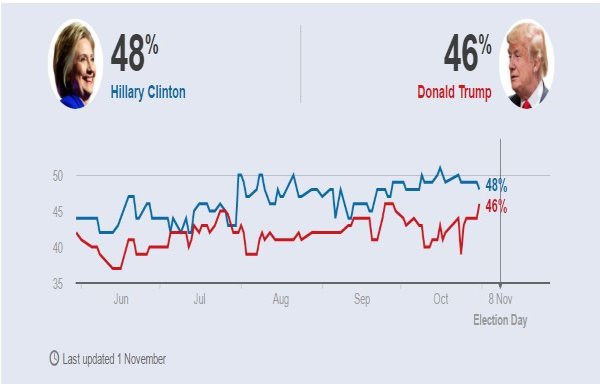
Americans will vote on 8 November to choose their next president.
The numbers have begun to tighten as we approach election day amid crises affecting both Democratic contender Hillary Clinton and her Republican rival Donald Trump.
Use our tracker to follow the contest and scroll down to find some explanation on what the polls show.
The bad news for Hillary Clinton is that the polls had already begun to tighten both nationally and in some key battleground states before FBI chief James Comey announced a new inquiry into her email use.
In the ABC News/Washington Post tracking poll for example, Mrs Clinton was ahead of Donald Trump by 12 points on 23 October, but that lead had narrowed to one point a week later.
Enthusiasm for Mrs Clinton had slipped slightly in that poll, with the number of her supporters who said they were very enthusiastic about her down from 51% to 47%.
Polls do tend to tighten as election day approaches anyway, but at the moment it's unclear what, if any, effect news of the FBI inquiry will have.
In a CBS poll of 13 battleground states, 52% of voters said they expected the emails to contain "more of what we already know" and most of those who said they were less likely to vote for Mrs Clinton were Republicans
Donald Trump has been hit by several scandals since his campaign began. The most notable was the release on 7 October of a video in which he can be heard boasting about sexually assaulting women. He said his comments were "just words" and denied ever having groped a woman - but several have since come forward alleging just that.
This would have been enough to end the campaigns (and political lives) of many candidates, but Mr Trump has survived. Indeed, one CNN poll released on 24 October put him on 45% - exactly the same figure he was on in the previous CNN poll released on 3 October. Both polls had Mrs Clinton leading on 51%.
Mr Trump's ability to continuously poll around 40% nationally while rarely going above 45% has led many analysts to describe his support as having a high floor but a low ceiling. Mr Trump got more primary votes than any Republican in history but the polls show he has struggled to attract voters from outside his large and loyal base.
As election day approaches, Donald Trump is being increasingly outspoken about the polls, describing those
that show him behind as "dirty" and accusing polling companies of "tremendous dishonesty".
that show him behind as "dirty" and accusing polling companies of "tremendous dishonesty".
But Mr Trump hasn't provided any evidence to back up his claims and there is nothing to suggest that any national poll has been intentionally skewed to favour one candidate over the other.
And despite his rhetoric, Mr Trump's campaign team seem to believe the numbers. "Nate Silver's results have been similar to ours," digital director Brad Parscale told Bloomberg, referring to the polling analyst at FiveThirtyEight, which has continually shown the Republican candidate trailing Hillary Clinton.
Polling isn't easy and the companies carrying them out have to overcome a number of challenges in the process - but research shows they are more accurate the closer we get to election day.
It's a tough task to gauge the mood of a nation that is home to more than 300 million people but that doesn't stop the pollsters from trying.
National polls tend to have a sample size of about 1,000 people or more and can track movement and general opinion pretty well.
But the US election is won and lost in swing states and decided by the electoral college system.
This means that polls in states where either candidate could win (Florida, Ohio and Pennsylvania, to name just a few) play an integral role in election projections.
Are Trump and Clinton the only candidates?
No. They're the only candidates that stand a real chance of winning the race but there are also third-party and independent candidates in the running.
The rules around getting on the ballot differ from state to state but most voters will have two main alternatives to Hillary Clinton and Donald Trump.
Green Party candidate Jill Stein, 66, is a doctor and activist who is hoping to pick up Democrats who backed Bernie Sanders and continue to rally against Mrs Clinton.
Former New Mexico governor Gary Johnson, 63, is standing for the Libertarian Party and focusing his efforts on attracting Republicans uneasy with Mr Trump.
According to Real Clear Politics, Mrs Stein is still picking up about 2% of the vote in a four-way race while Mr Johnson's numbers have dropped slightly since September to about 6%. Neither can win the race with stats like that, but they could siphon enough voters off the major candidates to change the outcome in a close race.
No Comments For This Post, Be first to write a Comment.
Most viewed from International
Most viewed from World
AIMIM News
Latest Urdu News
Most Viewed
May 26, 2020
Do you think Canada-India relations will improve under New PM Mark Carney?
Latest Videos View All
Like Us
Home
About Us
Advertise With Us
All Polls
Epaper Archives
Privacy Policy
Contact Us
Download Etemaad App
© 2025 Etemaad Daily News, All Rights Reserved.

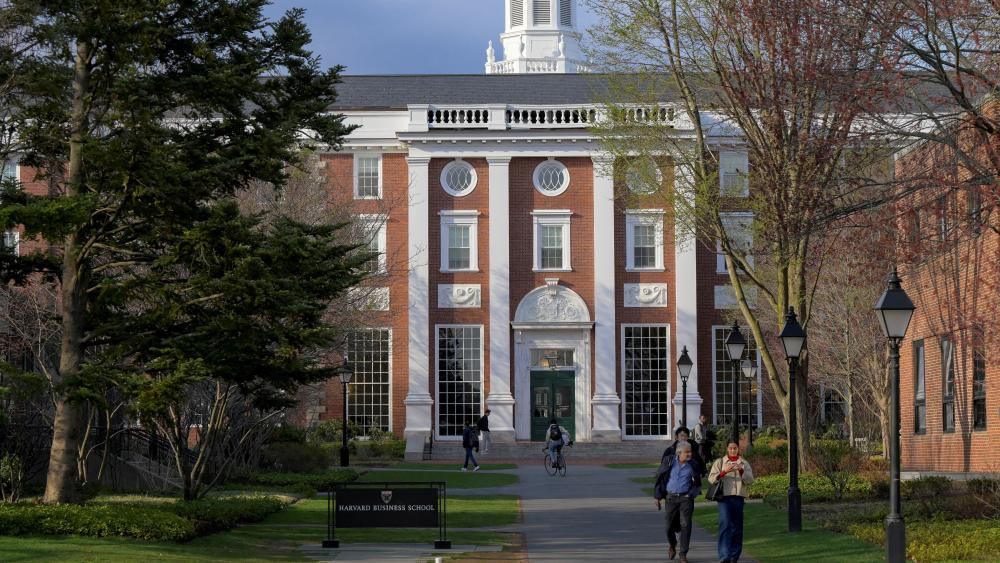
.jpg)
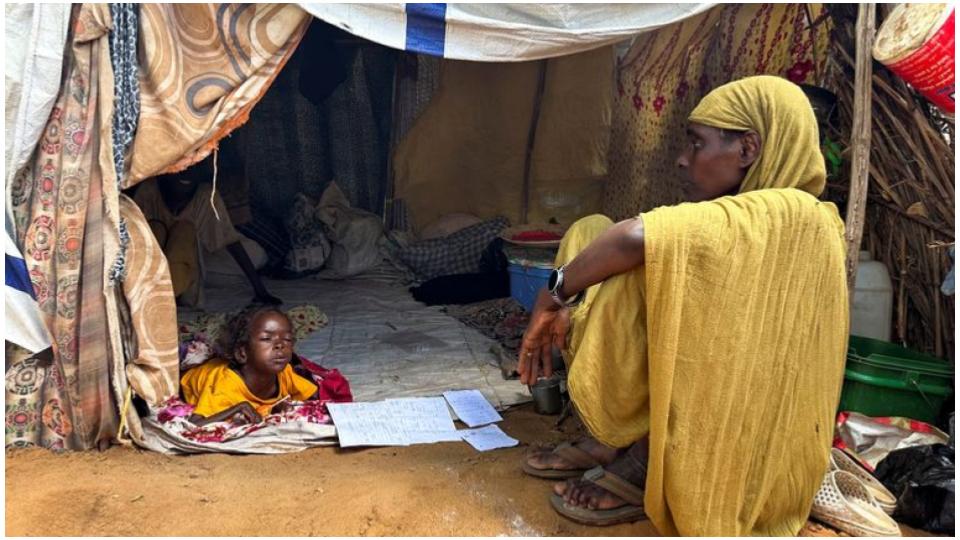

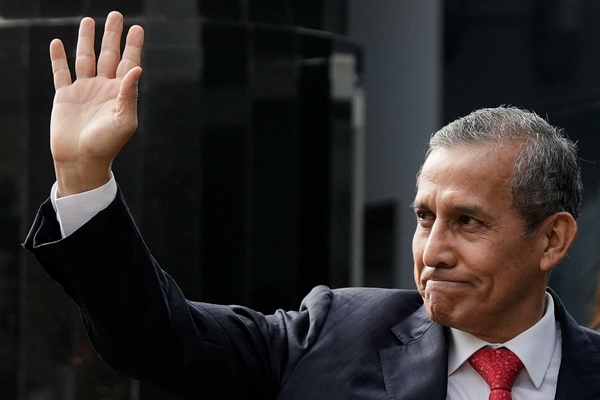



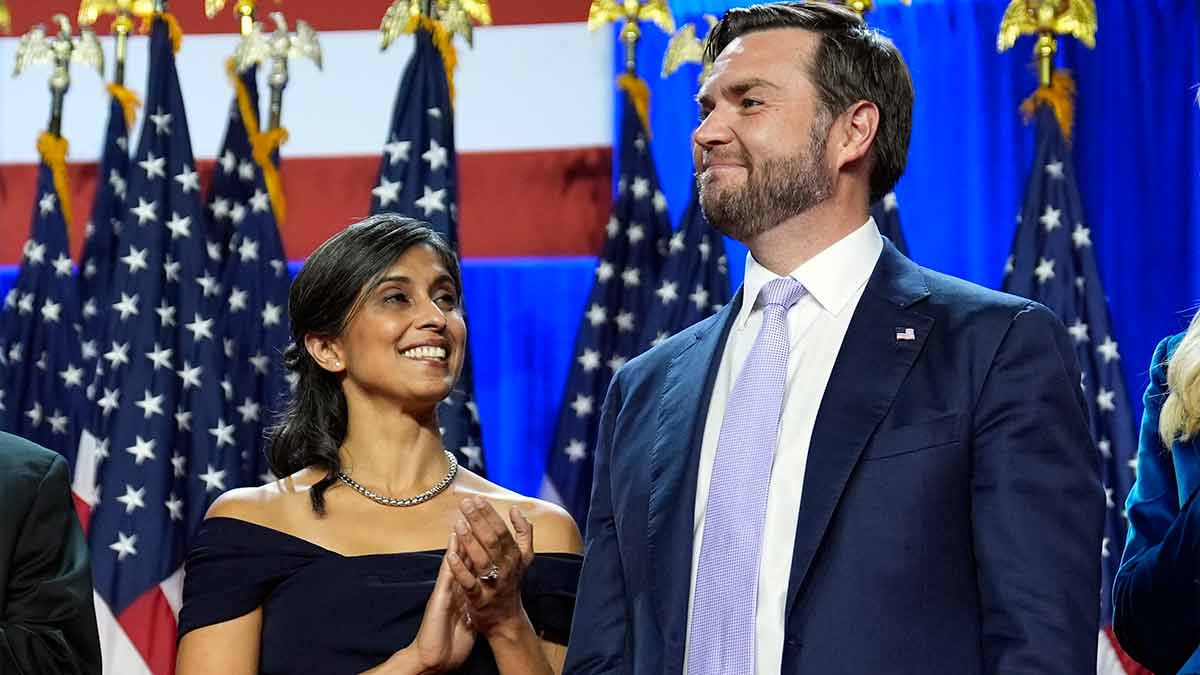
.jpg)
.jpg)
.jpg)
